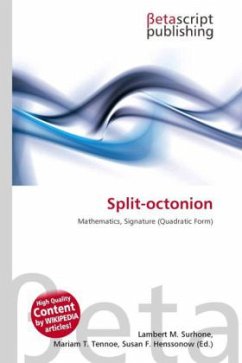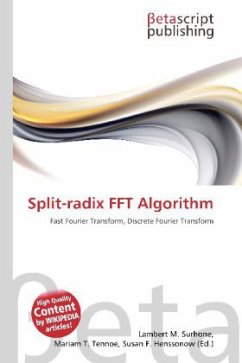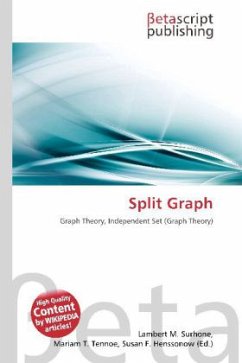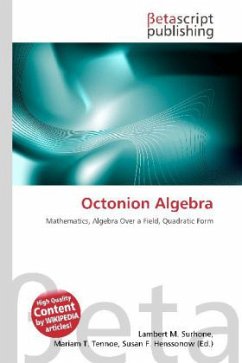Please note that the content of this book primarily consists of articles available from Wikipedia or other free sources online. In mathematics, the split-octonions are a nonassociative extension of the quaternions (or the split-quaternions). They differ from the octonions in the signature of quadratic form: the split-octonions have a split-signature (4,4) whereas the octonions have a positive-definite signature (8,0). The split-octonions form the unique split octonion algebra over the real numbers. There are corresponding algebras over any field F. The octonions and the split-octonions can be obtained from the Cayley-Dickson construction by defining a multiplication on pairs of quaternions. We introduce a new imaginary unit and write a pair of quaterions (a, b) in the form a + b. The product is defined by the rule: (a + ell b)(c + ell d) = (ac + lambda dbar b) + ell(bar a d + c b) where lambda = ell^2. If is chosen to be 1, we get the octonions. If, instead, it is taken to be +1 we get the split-octonions. One can also obtain the split-octonions via a Cayley-Dickson doubling of the split-quaternions. Here either choice of (±1) gives the split-octonions. See also split-complex numbers in general.
Bitte wählen Sie Ihr Anliegen aus.
Rechnungen
Retourenschein anfordern
Bestellstatus
Storno








